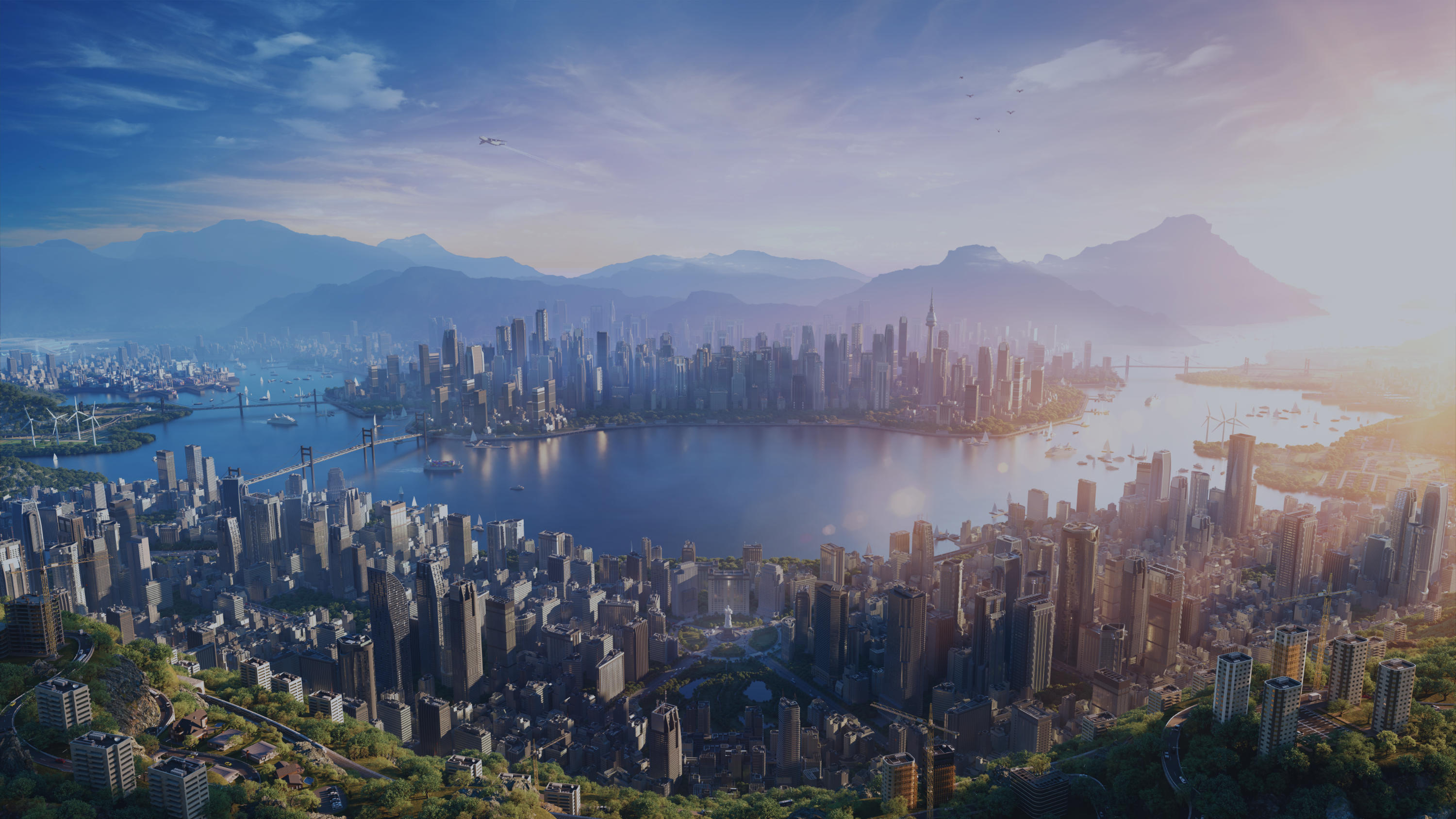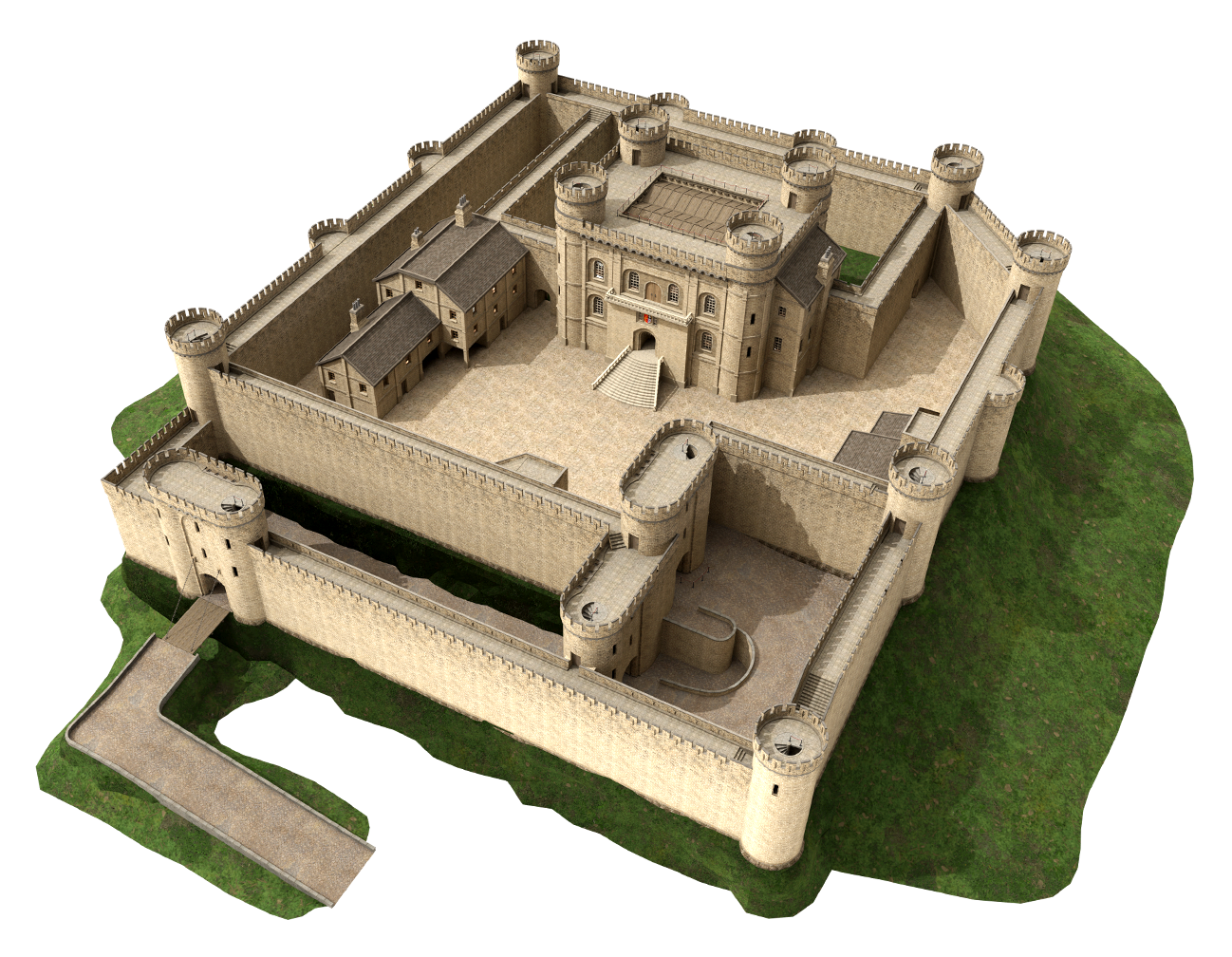
Cities: Skylines II
Cities: Skylines II
Dev Diary: Economy 2.0 Part 1
Hello again! We are back with another development diary. This time we look at the economy re-work or as we like to call it “Economy 2.0” set to release within the upcoming two weeks. You’ve shared a lot of great feedback with us, from bringing bugs to our attention to sharing how you feel while playing the game. As we went through your feedback, it became clear that certain systems, particularly the economic simulation, weren’t transparent enough and didn’t allow you enough control over your city. We felt this was important to improve, so for the past few months, we have overhauled several systems based on your feedback.
Before we get into the nitty-gritty of these changes, we want to thank you for the detailed and constructive feedback you shared. It really helped us understand what issues you experienced, what information you lacked, and how we could improve things. We look forward to hearing your feedback following these changes so we can continue to work on improving Cities: Skylines II and make it the best it possibly can be.
Alright, let’s get to it! Our goal with Economy 2.0 was to make the systems more straightforward and responsive, so you can make more meaningful choices and have more control over the various gameplay aspects. This means fewer safeguards and automated systems that work invisibly under the surface and an increased level of challenge. We still aim for the game to be playable without paying too much attention to where and how money and resources flow in the city so new players have a chance to succeed, while still leaving room for experienced players to benefit from optimizing their city. We’ll get into the details below but to give you a quick overview here are the major changes of Economy 2.0:
Government Subsidies have been removed to make the economy more challenging and transparent
Importing City Services from Outside Connections now has a toggle and a fee
City Service Upkeep costs have been increased
Calculations for Demand have been improved
New calculations for rent and household spending allow citizens to afford to live in Low Density Residential
The production chain has been rebalanced to bring tax income to a more reasonable level
THE ECONOMY
A key point in the feedback we received was that the game didn’t challenge many of you when it comes to managing the city’s finances. Striking the right balance is hard. We want new players to be able to dive into the game while still providing players from Cities: Skylines or long-term fans of the city-building genre a challenge. We introduced Government Subsidies in Cities: Skylines II to act as a helping hand as your city got established, allowing them to scale with expenses. But they also removed agency and consequences from the game. Why build a city with a well-balanced economy if the government will cover all the expenses of your Utopia? We considered several approaches to Government Subsidies but in the end, we decided to completely remove them from the city budget. This puts you in full control of your city’s finances and gives you a reason to consider what you spend your money on and when. It will be up to you to create a profitable city, and when you succeed, you get to take all the credit. If you struggle to get the hang of it, the in-game tutorials are there to help you out and the tips can always be accessed through the Advisor (the question mark in the top-right corner of the screen). And of course, you can always ask us or your fellow players for help.
MONEY
Money makes the world, or in this case the city, go round. In Cities: Skylines II, money circulates both within the city and in and out of the simulation through money sources and sinks. We work with 4 entities in Cities: Skylines II:
You, the player/the city
Households
Companies
Abstracted investors
Each of these has ways they can gain or lose money, some of which are preset and automatic, some of which are within your control. Below we have a quick overview of these to give you a sense of how money flows in your city, and how you can affect it.

CITY SERVICES
As you can see, City Service construction and upkeep, along with roads of course, are where most (if not all) of your money goes. In Economy 2.0 we’ve rebalanced the costs of City Services which includes a significant increase in the upkeep costs. Our goal here is to give your choices more meaning as your city grows. Is your city’s economy strong enough to afford a University or will you have to increase taxes to pay for it? Can you afford to improve the city’s mail service to make citizens happy or will that have to wait until your economy is more stable? These are the kinds of questions we hope you will be asking yourself as you play with the update. But services aren’t just available locally in your city. Your neighbors can provide you with garbage trucks or ambulances from Outside Connections if your city isn’t quite able to provide those for your citizens yet. With our initial design, the only cost of importing services (excluding Electricity and Water and Sewage) was the time it took the service vehicles to arrive and perform the needed tasks. Economy 2.0 changes that by adding a fee for importing services, which scales with the city’s population. Now, we can’t add a fee and not give you a way to avoid it, so we have added a new City Policy called Import City Services. It works as a toggle: When it’s enabled your city can and will import services that are lacking in your city, and when it’s disabled, which is the default, your city relies on what’s available locally. In its current form, it’s an all-or-nothing toggle, but we are considering expanding the service import to give you more control. What do you think, any particular direction you would like us to take? We’d love to hear your thoughts.

City Policies can be found by clicking the City Information button next to the demand bars
LIFE IN THE CITY
While we call this systems rework “Economy 2.0” it affects more than just the economic simulation. To complement both the changes to the financial side of the game and the improvements to the Land Value system in patch 1.1.0f1, we’ve made improvements to Demand, Rent, Education, and Citizen Happiness. These changes affect your citizens’ lives, and how and where they choose to live.
DEMAND
Most noticeable are the changes to how Demand is calculated, allowing it to be more responsive and more accurately reflect the state of the city at any given time. Residential demand has been expanded so the desired density is tied to the size and wealth of households. On average low density residential is the most expensive type of housing as a single household is responsible for the building’s expenses (paying Rent and Upkeep), while residents in medium and high density can split the costs. When wealthier households move into the city, the demand for low density increases, and when citizens with lower wealth, such as students, want to move in, the demand for high density goes up. Similarly, families will want more space, preferring low or medium density homes, while singles are perfectly happy with the smaller homes found in high density apartment complexes. The type of households that spawn are determined by the average citizen happiness, homelessness in the city, the residential tax rates, available education spots, and open job positions. Turning our attention to commercial demand, it’s now more closely tied to what households need. The more households consume, the more demand for commercial zones you’ll see. We’ve tweaked the household need for shopping, forcing them to pay rent and consider the garbage fee before going shopping. Furthermore, we have also tied the types of companies that can inhabit commercial buildings more closely to the products citizens consume. This means you’re less likely to see a bunch of the same companies spawn as the simulation seeks to provide a more varied selection of products for your citizens. Both office and industry demand have been adjusted to a more reasonable level to match the other zone types, and their interactions with commercial have been strengthened, so you can produce what your shops need locally. Additionally, industry now has more workplaces so you can satisfy the demand more easily.
EDUCATION AND WORK
We’ve made tweaks to education before, particularly to encourage more teens to go to high school, but we didn’t quite reach our goals, so Economy 2.0 includes further improvements to the education system. Children always go to elementary school if the city has one with available student spots, while teens have a high chance of going to high school. Some will still choose to work, especially if no school is available, but you should see more teens in high school. We’ve also improved the chance they graduate from both elementary and high school, and for those adults who didn’t get their high school diploma, there is now a chance, albeit low, to apply to a high school with available student spots so that they can graduate. Teens and adults can both join the workforce if there are suitable jobs for them. However, if they have health problems, such as being sick or injured, they don’t count as employable citizens and will need to recover before they can work. They may find work in the city, if any job positions with their skill level or lower are available, or they may resort to finding work in a neighboring city, though working in Outside Connections is less desirable with this rework. If they cannot find work, they become unemployed and receive unemployment from the government. However, this option is only available for a limited time, so if you don’t provide them with suitable jobs, they will eventually have no other option than to leave the city as they cannot pay their rent.
BUILDING A BUSINESS
Your city consists of more than just citizens though, many businesses make it their home too, and demand isn’t the only thing we tweaked for commercial, industry, and office. Let’s take a look at what else has changed, starting with production. You already know the basics: One or more input resources are processed and turned into a more refined product, which requires both workers and time. Higher education level workers do this more efficiently (they work smarter, not harder), and each product has a certain amount of work needed to produce one unit. Previously, the game calculated the amount of work needed at the start of the game, but we have changed that to a preconfigured amount to make the game more predictable and allow us to finetune things. Additionally, we have adjusted the amount of work needed to produce a single unit for all products reducing the overall production, which in turn reduces the company profits, and by extension, the amount of tax you can collect from them. But that’s not all. The price of resources has been adjusted as well as how it’s calculated. It now has two parts: A discounted price paid by industrial companies when they purchase materials for their production, and a normal price for commercial companies to purchase the goods. The two prices are then combined into one as they’re sold to consumers, allowing everyone to profit (hopefully, at least) from the sales. But don’t worry about the consumers, we have also increased the wages companies pay so the citizens can afford both their homes and the resources they need. Alright, that was a lot of information! With that, we’ll end today’s dev diary, but don’t miss part 2 coming next week where we look at Rent, Building Upgrades, and what happens to existing cities. In the meantime, we’d love to hear your thoughts on what’s to come. Any changes you’re particularly excited about? Any that leave you with questions? Let us know in the comments below.
A Community Of City Builders




Stay Up To Date
Get an additional Unique Building - the Medieval Castle! Connect your Paradox account in game and plop the castle from the Parks & Recreation build menu. Sign up now or log in with your existing account.
Sign up for News & Updates
By subscribing, you agree to receive news and special offers from Paradox Interactive.
